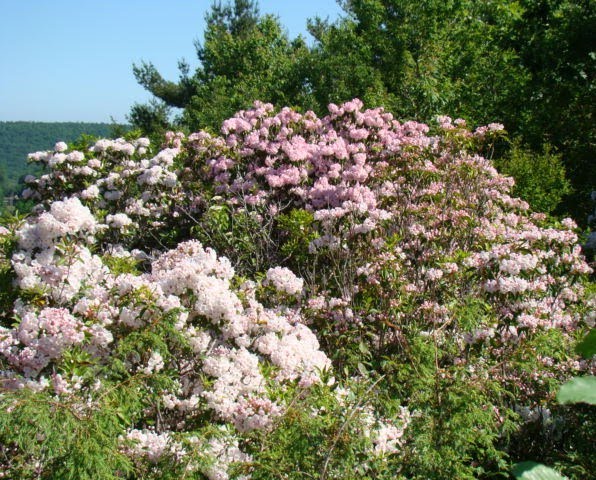
General Information
Silver Maple is an fast growing tree with a vase-like shape and graceful foliage. Its wood is harvested alongside Sugar Maple and used as soft maple lumber. It has the largest winged seeds of all native maples in North America that are produced in abundance and serve as food for many wildlife species.
Silver Maple is native to eastern North America extending across Canada to southwestern Ontario and south into the United States all the way to Louisiana, central Georgia and northwestern Florida. This tree is found growing in wet areas where few other trees can.
Plant Habit and Form
Silver Maple can grow 50 to 70 (sometimes to 100) feet tall with a spread of 40 to 60 feet. Its branches form a strong, upright canopy with a spreading vase-like form. Pendulous, drooping branchlets create a graceful appearance. Its attractive foliage is yellow in fall.
Growing Requirements
Silver Maple is hardy in zones 3 to 9, performing better in the landscape up through zone 7. It prefers moist soils along stream banks and the slightly acidic moist soils in woods. It is tolerant of other growing conditions but will not reach maximum size.
Flowering and Fruiting
Flowers are monoecious and greenish yellow to red. Flowering occurs in March and are borne in clusters. Fruit, 1 1/3 to 2 1/3 inches long, matures in late May and June. Its fruited is one of the largest of all maples.
Pests and Diseases
Gray mold spot is one of the primary diseases of Silver Maple. It can also be bothered by tar spots, powdery mildew, Verticillium wilt, and anthracnose. Tent caterpillars, maple leaf cutter, bladder-gall mite, cottony maple scale, and other scales can plague Silver Maples.
ID Tips
Deeply 5-lobed leaves 6 to 7 inches across with clusters of short-stemmed, greenish yellow flowers appearing before the leaves in spring that produce paired seeds with widely spread wings. The bark on young trees is smooth and silver while the bark on mature trees has shaggy, narrow scales that are loose at the ends.

